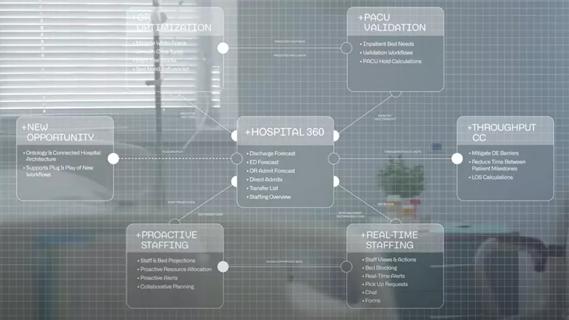
Cleveland Clinic partners with Palantir to create logistical command center

A Q&A with organizational development researcher Gina Thoebes

Cleveland Clinic transformation leader led development of benchmarking tool with NAHQ
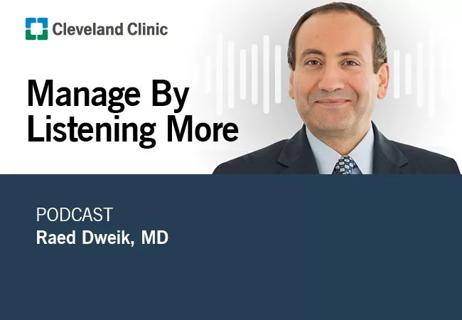
Raed Dweik, MD, on change management and the importance of communication
Cleveland Clinic is a non-profit academic medical center. Advertising on our site helps support our mission. We do not endorse non-Cleveland Clinic products or services. Policy

Small business owners expand their networks and gain new insights
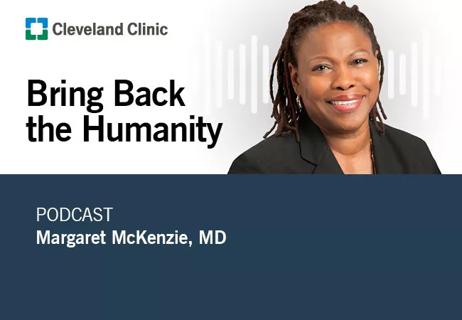
Leadership pearls from Margaret McKenzie, MD, hospital vice president
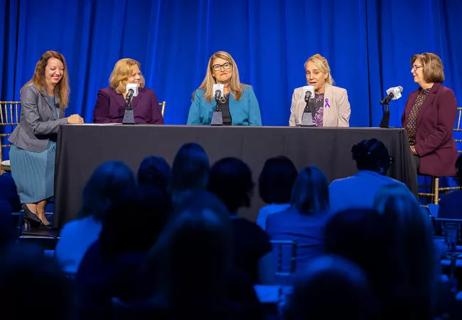
Advice from four CNOs on how to embrace innovation and collaboration
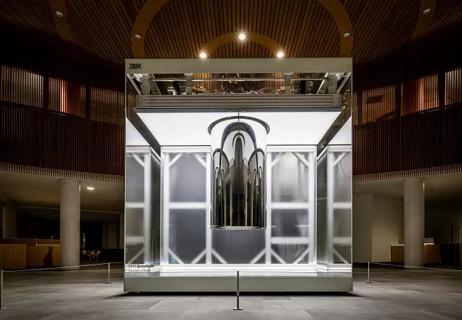
Cleveland Clinic launches Quantum Innovation Catalyzer Program to help start-up companies access advanced research technology
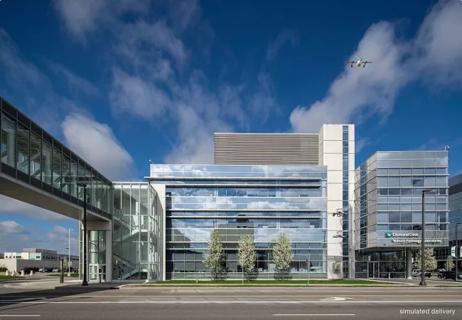
Cleveland Clinic will offer rapid, pinpoint airborne transport of medications and other medical items
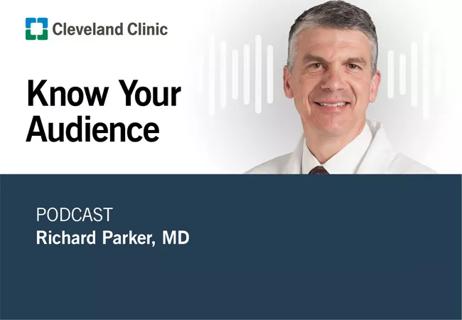
Successful communication means meeting listeners where they are